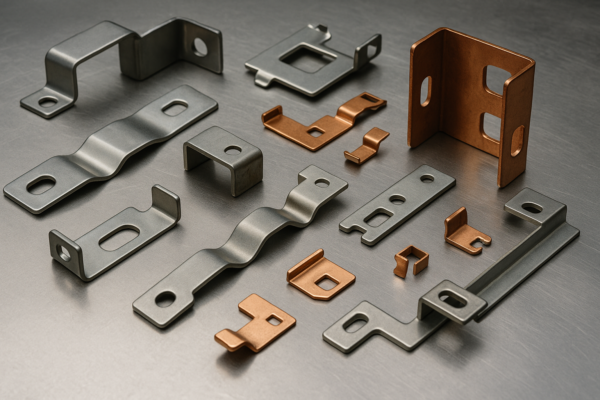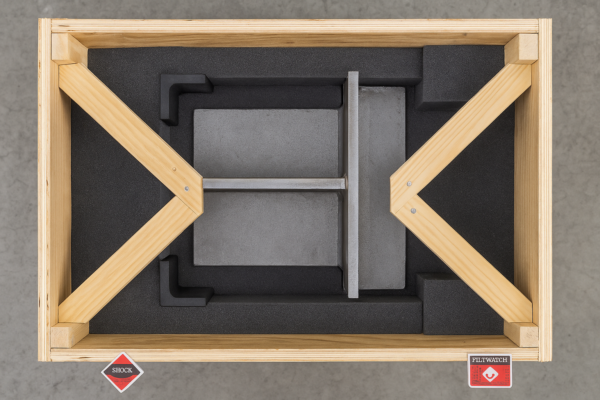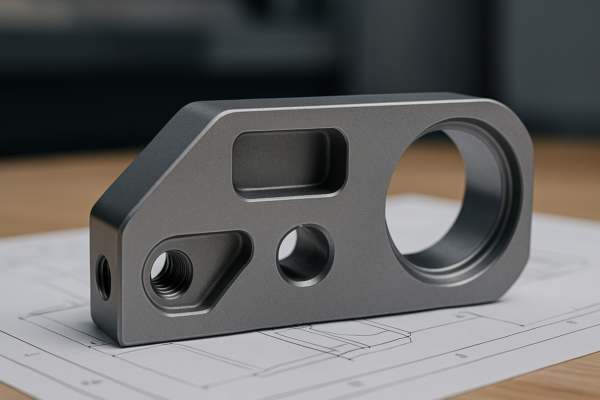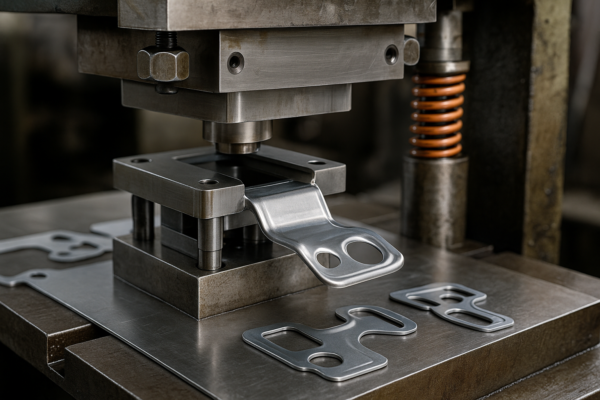What Are Common Examples of Metals?

Metals surround us in everyday life – from kitchen utensils to skyscrapers. As a manufacturer with 20+ years in metal fabrication, I’ll share practical examples you encounter daily.
Snippet paragraph: Common metal examples include iron (construction), aluminum (beverage cans), copper (electrical wiring), gold (jewelry), and steel (automobiles). These exhibit typical metallic properties like conductivity, strength, and luster.
The metal universe contains over 70 pure elements plus countless alloys. Let’s explore them systematically.
LOOP_START
What Are the Most Common Industrial Metals?
Heavy industry relies on specific metals that balance performance with cost-effectiveness for mass production.
Snippet paragraph: The top industrial metals are mild steel (construction beams), stainless steel (kitchen equipment), aluminum (aircraft bodies), and copper (power cables) – chosen for their strength-to-weight ratios and corrosion resistance.
Key Industrial Metal Grades
Construction Metals
- ASTM A36 carbon steel (I-beams)
- 304 stainless steel (fasteners)
- 6061-T6 aluminum (structural framing)
Electrical & Plumbing Metals
| Metal | Purity | Application |
|---|---|---|
| Copper | 99.9% | Household wiring |
| Brass | 67% Cu | Water valves |
| Galvanized steel | Zinc coated | Ductwork |
Metal Property Comparison
| Property | Mild Steel | Aluminum | Copper |
|---|---|---|---|
| Tensile Strength | 400 MPa | 130 MPa | 210 MPa |
| Conductivity | 50 W/mK | 235 W/mK | 401 W/mK |
| Corrosion Resistance | Low | Medium | High |
| Cost per kg | $0.80 | $2.50 | $8.00 |
LOOP_END
LOOP_START
What Are Precious Metal Examples?
These rare, non-ferrous metals have served as currency and status symbols for millennia while finding modern industrial uses.
Snippet paragraph: The main precious metals are gold (electronics contacts), silver (photovoltaic cells), platinum (catalytic converters), and palladium (dental alloys) – valued for their resistance to oxidation and aesthetic appeal.
Precious Metal Specifications
Monetary Metals
- 24K gold (99.9% pure)
- 925 sterling silver (92.5% pure)
- Platinum bullion (99.95% pure)
Industrial Alloys
| Alloy | Composition | Use Case |
|---|---|---|
| White gold | 75% Au + Ni/Pd | Jewelry |
| Dental amalgam | Ag-Sn-Hg | Fillings |
| Pt-Rh catalyst | 90% Pt + Rh | Chemical processing |
Investment Grade Specifications
| Metal | Purity Standard | Form Factors |
|---|---|---|
| Gold | 995+ fineness | Bars, coins, wafers |
| Silver | 999+ fine | Rounds, grains |
| Platinum | 9995+ | Sponge, ingots |
LOOP_END
LOOP_START
What Are Specialty Metal Alloys?
Engineers create custom metal blends to achieve properties impossible with pure elements alone.
Snippet paragraph: Advanced alloys include titanium (medical implants), inconel (jet engines), tungsten carbide (cutting tools), and nitinol (shape-memory devices) – precisely formulated for extreme environments.
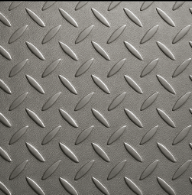
High-Performance Alloy Groups
Aerospace Alloys
- 7075 aluminum (aircraft spars)
- Inconel 718 (turbine blades)
- Ti-6Al-4V (spacecraft hulls)
Medical Grade Metals
| Alloy | Key Properties | Applications |
|---|---|---|
| 316LVM stainless | Bio-inert | Bone screws |
| Cobalt-chrome | Wear-resistant | Hip joints |
| Nitinol | Superelastic | Stents |
Cutting Tool Materials Comparison
| Material | Hardness | Thermal Limit | Best For |
|---|---|---|---|
| Tungsten carbide | 90 HRA | 1000°C | Milling |
| Cermet | 92 HRA | 1200°C | Finishing |
| PCD | 95 HRA | 700°C | Aluminum |
LOOP_END
Conclusion
Metals range from structural steels to exotic alloys, each selected for specific combinations of strength, conductivity, and environmental resistance.


